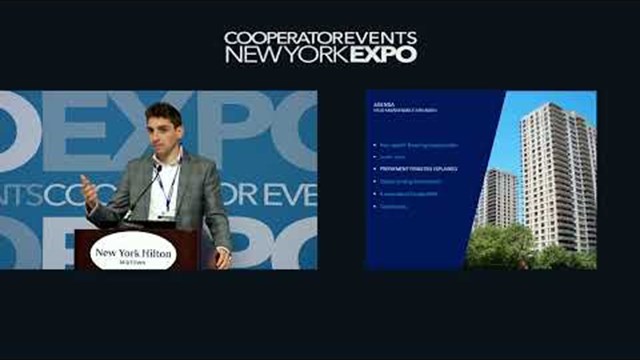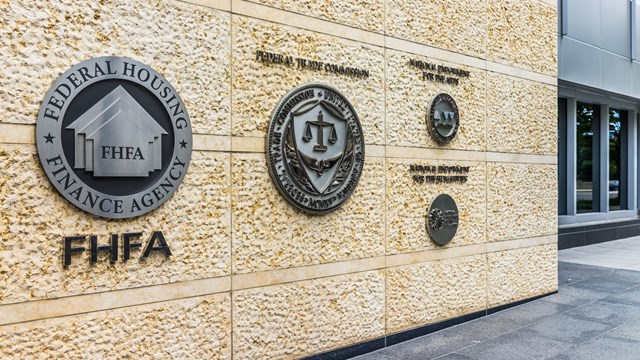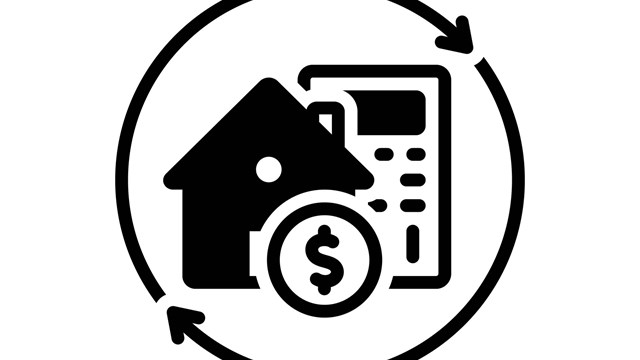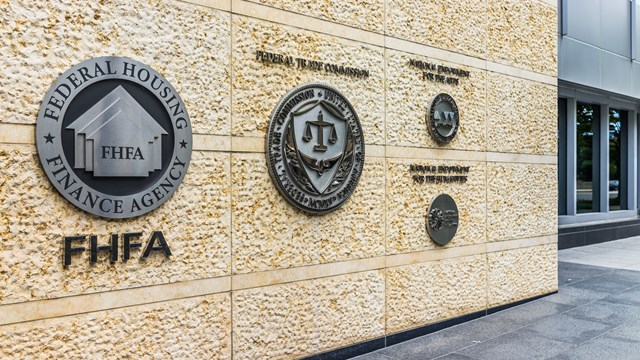Aging is expensive—and that goes double for residential buildings. Exterior deterioration is inevitable, mechanical systems do not last forever, and everyday foot traffic and wear take their toll on even the sturdiest structures. For many condos and co-ops in the U.S. governed by boards made up of volunteer owners and shareholders, getting old—and the costs associated with it—can come as a nasty shock. Boards may find they are not equipped with adequate reserves to cover predictable replacements; in some cases, even if they do have the funds, the board may be stymied by bylaws requiring a full resident vote to approve certain expenditures.
Thus, co-ops and condos often need to borrow money. This might be for a big project like a roof replacement, or (in the case of co-ops) it could be for an underlying mortgage on the entire property, which cooperatives tend to refinance rather than paying principal balances at the end of the loan term. To the average board member—whose experience with mortgages might be limited to the one they got to finance the purchase of their unit—the process and options can be pretty opaque.
Institutional lending is a murky milieu in general, and co-op and condo financing is especially so - even to experienced bankers and other financiers. Co-op and condo boards should be aware that even if your loan-to-value (LTV) ratio is extremely low, your bills paid on time and in full, and your property well maintained, it doesn’t automatically make your corporation or association a shoo-in for financing, or for terms that suit your needs. There is a lot of nuance to this market, abundant red tape, and a number of pitfalls.
Types of Lenders
First of all, you’re probably not going to be able to just mosey down to your local bank, sign some forms, and call it a day. According to Nicoletta Pagnotta, senior vice president of New York City commercial mortgage broker Meridian Capital Group, which focuses on the multifamily market, there are five different types of lending institutions that can offer different options to borrowers:
- Life insurance companies
Agency lenders
Portfolio lenders
Commercial mortgage-backed securities (CMBS) lenders
Swap lenders
“Life insurance companies basically will lend against their own policy revenue,” explains Pagnotta. “So what they try to do is match a loan term against some of their own insurance policies. Since life insurance policies are generally long term, this particular type of lender is a good fit for longer term financing.” Benefits of using this type of lender include rate-locking up front (rather than having to wait for closing to take place) and the ability to seek additional financing. Among the drawbacks Pagnotta mentions are that they don’t offer unsecured financing, and have higher loan minimums.
Agency lenders include the Federal National Mortgage Association and the Federal Home Loan Mortgage Corporation—the government-sponsored enterprises (GSEs) commonly known as Fannie Mae and Freddie Mac. By packaging up loans and selling them off in a securitized portfolio, they are able to offer some of the lowest rates. However, there is usually a high yield maintenance, which is the prepayment penalty associated with paying off the loan early to compensate for the forgone interest that the lender would have received over the remaining loan term. Agency lenders also can be more restrictive on subordinate financing and require a commitment issuance before the rate can be locked.
Portfolio lenders are your neighborhood savings banks. Being local, they have the benefit of geographical familiarity with the buildings and communities, and maintaining the loan under their aegis for the duration of the term. Portfolio lenders can generally lock the interest rate up front and offer a sliding scale prepayment penalty, which Pagnotta says is usually never higher than 3% of the outstanding balance and can reduce to 0% in the last year. They also offer the ability to make principal paydowns of up to 10% per year without a penalty. Many can provide an unsecured credit line in addition to the first mortgage. They might not be the best option for longer-term financing, given that they generally don’t go beyond 10 years to avoid the potential risk of rates varying more widely in a longer duration.
Pagnotta says that the CMBS lender is the type depicted in the film “The Big Short”—ones that “make the loans, put it in a box with a bunch of other loans, and then sell it off in a big pool somewhere to a bunch of bond buyers.” Their product does have its advantages, including some of the lowest interest rates, and unique offerings, like building some of the closing costs into the pricing. But borrowers of this product type are subject to yield maintenance or defeasance penalties, and if they need a line of credit, they have to go to a different lender.
Swap lenders require the borrower to enter into what's known as an ISDA agreement, which stands for International Swaps and Derivatives Association—the organization that manages risk associated with these products. Their rates are competitive, according to Pagnotta, and they can structure the loan to be paid out in separate installments, or tranches—a useful option for a corporation that needs a bulk of proceeds up front for a major project but can then spread future payments over a longer span of time. However, such loans are subject to availability in the swap market, and their credit lines are often secured, meaning that they require a collateral guarantee.
Enter the B Corp
Relatively new to the economy is a type of business called a Certified B Corporation, or ‘B Corp.’ These are for-profit entities that are legally required to balance profits with the social and environmental impacts that their decisions and business practices have on the world. There are B Corps in all types of industries, from hospitality to apparel to food and beverage.
Also on that list is banks. As more people around the globe want to put their money somewhere that aligns with their values, a number of financial institutions have become certified B Corps, with stated missions to use profits and growth as a means to a greater end: positive impact for their employees, communities, and the environment. New among them is St. Petersburg, Florida-based Climate First Bank, whose senior vice president Chris Cucci tells CooperatorNews that they just launched a condo association and co-op corporation finance program focused on helping multifamily communities combat climate change while fortifying themselves against its devastating effects.
“Florida’s condominiums are especially vulnerable to the increasingly volatile weather events caused by the climate crisis,” says Cucci. “We have severe storms and hurricanes down here, not to mention the flooding along the coasts from storm surges and high tides of rising seas. Saltwater is especially damaging to infrastructure, and many of our condo communities are built at or near the coasts.
“Our association program addresses the climate crisis two-fold,” he continues. “First, we encourage co-ops and condos to take on climate-friendly upgrades like solar, insulation, and [installation of] electric vehicle charging stations by offering competitive terms and pricing for values-aligned loans. Second—and this is particularly significant in Florida as all of the condos that were built in the 80s condo boom are now at their 40-year recertification age—we finance retrofits and storm-hardening to make buildings more resilient to the harsh environment. Overall, the value-add is exponential, as buildings—which contribute such a substantial amount of carbon emissions and water use—reduce their climate impact while also reducing energy expense for their residents, enhancing desirability and property value of their community, and having a positive impact on the world.”
Cucci adds that under the bank’s loan program, multifamily buildings are incentivized to include green components into all of their capital projects. A window replacement, for example, would benefit from adding tinting or insulation. The bank engages in partnerships with green vendors, allowing for more competitive labor and materials pricing with these companies and an ease of project approvals. For boards, managers, and owners/shareholders, Climate First provides educational resources and tools to overcome the challenges that properties face in today’s world. True to the B Corp mission, positive impact reaches far beyond the financial bottom line.










Comments
Leave a Comment